
Silicosis is a fibronodular lung disease. It is caused by inhaling dust which contains crystalline silica or its polymorphs. The most commonly found form of crystalline silica is quartz and it is widely present in sandstone, slate and granite.
History of silicosis
Inhalation of silica, leading to silicosis, had been reported for hundreds of years but it has become more prevalent during the industrialization era and especially after the introduction of mechanized mining. Dust that flies around in mining areas is very easily inhaled and many people can become sick with silicosis. Even though in developed countries there are safety regulations that protect not only the workers but also the population living near mining areas, silicosis is still present in developing or underdeveloped countries, where the regulations are not very strict.
Silicosis usually develops gradually. This means that first signs and symptoms sometime start showing years after the exposure. The symptoms may include persistent cough, shortness of breath, rapid breathing, fatigue, loss of appetite, chest pain, fever and dark spots on nails. In advanced stages the symptoms may include cyanosis, heart disease and respiratory insufficiency.
There is still no cure for silicosis. Treatment is aimed to alleviate the symptoms and to prevent complications.
Prevention of silicosis
In prevention of silicosis, it is very important to detect which professions and workplaces involve respirable dust with crystalline silica. Miners, especially those who work on pneumatic or explosive mining, are at higher risk than other professions. Companies responsible for mines are required by law, in most countries, to protect their workers from exposure to crystalline silica dust. Measures of industrial hygiene usually include watering down the dust, filtering, providing masks for workers, suppressing dust generation or capturing the particles, introducing fresh air to dilute the concentration of crystalline silica dust in air and, in some companies, using protective respiratory devices.
In the United States, companies are required to meet the standards of permissible exposure to silica, which range from 0.05 mg/m3 to 0.05 mg/m3, depending on the authority.
In addition, most companies provide preventive medical care for their employees, including scheduled chest X-rays and spirometry tests, which are meant to detect silicosis at its earliest stages.
As for the cases of silicosis outside the workplace, several cases have been reported in areas with high concentration of crystalline silica particles in soil and frequent dust storms. The population in such areas is advised to stay inside during dust storms and to frequently clean the house, including the area around it. They are also advised to wear protective masks during times of high concentration of silica dust in the air.


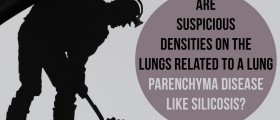


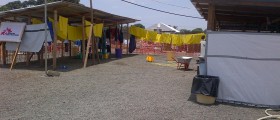



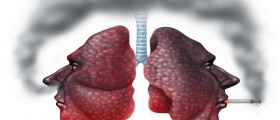



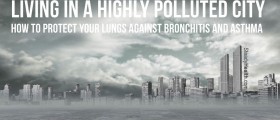

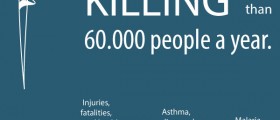
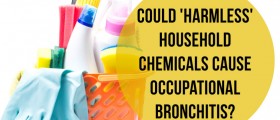
Your thoughts on this
Loading...